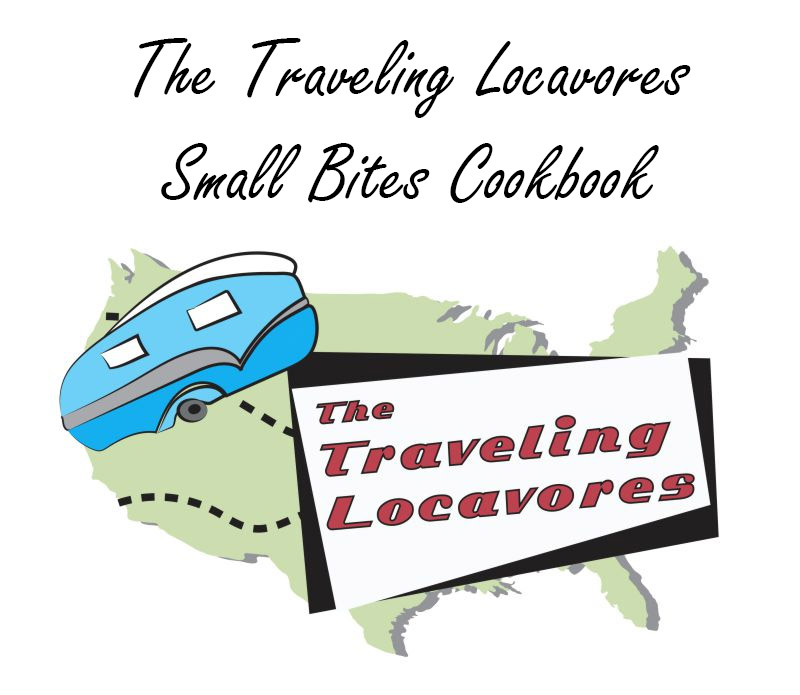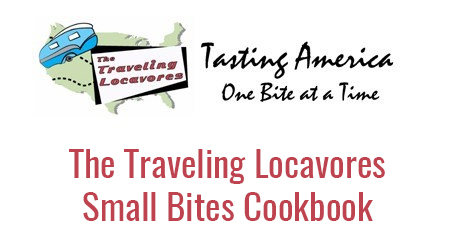Bozeman MT is one of the most charming towns that we have visited. As we have traveled the west we have become increasingly aware of Native American influence. So when we saw that Bozeman’s Museum of the Rockies was featuring an exhibit related to the Crow Tribe we high-tailed over there.

Typical Ashtaahile or Dwelling, is an Apsáalooke Tipi
Museum of the Rockies Bozeman MT

Baalsshe circa 1880, or Beaded Work Bag which is worn around the waist
The Museum of the Rockies was founded in 1957 by Dr. Caroline McGill, a doctor from Butte, Montana. In partnership with representatives from Montana State University, the museum was established. Dr. McGill also served as the first curator of the museum and donated an extraordinary collection of Montana historical objects. The original name of the museum was the McGill Museum to honor her.

Future In Our Eyes by Ben Pease
The artifacts were originally housed in three Quonset huts on the MSU campus. Around 30 townspeople created a volunteer corps to help organize the collection in those huts in the early years.

Bíilukaa – Our People
In 1965 the museum was officially incorporated and renamed Museum of the Rockies (MOR). And in 1970 Les Drew was hired as the first full-time director. He brought professionalism to MOR and was charged with overseeing the design and construction of the first two permanent buildings.

Beaded Bag of leather, glass and metal beads, and thread

Íttaache Bálaaisshe – Beautiful Belt Bag
Mick Hager followed Drew as director in 1982 and expanded the Museum. Hager hired Jack Homer to become the curator of paleontology whose time at MOR spanned almost 34 years. During that time he established a top notch paleontology research facility and expanded the focus of the Museum to encompass one of the most important dinosaur fossil collections in the world.

Dáammiile is horse’s parade attire

Front view of a Parade Horse
Marketing professional, Sheldon McKamey, began her work at MOR in 1987. And in 2003 she became the executive director, a position she held until retiring in 2018. During her tenure she worked with the staff to bring many changing exhibits including The Villas of Oplontis, King Tut, Frogs, Crocodiles, Guitars and more; leading to the number of visitors doubling.

Crow Tribal Flag depicted in beads by Karis Jackson or Chihchaxila (Chickadee)
Christoper Dobbs followed Sheldon McKamey as executive director and remains at the helm.
Apsáalooke (Crow) Exhibit

Welcome to the Museum of the Rockies Bozeman MT
The exhibit that drew us to the Museum of the Rockies was curated by the beautiful Akbileoosh or Brings the Water. She’s also known as Nina Sanders. She took us on a journey that gave us insight into her people, the Crow Tribe, a Native Nation located in south central Montana. And she told the story so well through costumes, artifacts and stunning art.
Dr. Shane Doyle

Crow Indian Shane Doyle
Our timing was perfect because we arrived about 5 minutes before the last session of a talk with Dr. Shane Doyle. So we went to listen to him before we continued to the exhibition. Dr. Doyle is a member of the Crow Tribe and is an historian for the Crow Nation who focuses on what the Crow people have lost through colonization. His hope is that he can help revive some of the lost tradition for future generations.

Baakáatiche or Cradleboard made for a baby of textile, glass beads, leather and wood

Another Baakáatiche or Cradleboard with floral designs of deer hide, canvas, glass beads and cotton thread, circa 1880
We were treated to a tribal song and drum solo, followed by a lively discussion. His stories gave us a first hand look of growing up as a Native American.
Ashtaahile/Dwelling

Typical Ashtaahile or Dwelling, is an Apsáalooke Tipi
The Apsáalooke tipi is only used to sleep in for special campouts, ceremonies and celebrations these days. But at one time it was home and their structure has never changed. To them, tipis are like their mother’s womb. The tipi is a place where they are all safe and nurtured.
Medicine Shields and how they’re made

Medicine Shield made of bison hide covered with buckskin and adornments
It was fascinating to learn about the Medicine Shields. The shield’s body is actually cut from the thickest part of a bison hide which is around the animal’s hump. The shield maker digs a hole, guilds a fire inside and covers it with the hide. This causes the shield to shrink and become thicker as the heat wicks the moisture from the hide. Then the shield is covered with thinner buckskin and frequently adorned with medicine, which are special designs that show spiritual power.

Apsáalooke Dress and Necklace of wool, synthetic fabric, imitation elk teeth, glass beads, sinew and buckskin

Honoring Ihkáa (Mother) – Mother inspire outfit of cotton, silk, wool, leather, beads, elk hide and elk teeth
Once a warrior received medicine or the shield’s spiritual meaning, he makes the shield’s power known by creating designs with pigments, incisions or attachment of beads and/or feathers. Flying and sky beings are particularly powerful. These shields were meant to protect the warriors, but were also worn on special occasions.

Cranes War Shield, Acrylic on canvas by Kevin Red Star (Iisashpítxalusshe/Running Rabbit)

Proud Crow Warrior and Provider by Kevin Red Star
More of the Museum

Native American Doll

Will Turnip Woman by Kevin Red Star, also known as Running Rabbit
Following the Crow Exhibition we wandered the rest of the Museum to see what life was like in Montana as it was developing as a state. We even got to see prehistoric Montana when dinosaurs roaming the plains.

Blessing of a Leader, beads, beaded wooden frame, brass star studs, elk hide by Karis Jackson

Iíchílliche/Quirt titled Bravery and Backward – Living Like a Kit Fox. Made of wood, fox skin and fur, glass beads. Circa 1910
First RVs?

First RV? Sheep Wagon, circa 1915
We may have discovered the precursor to an RV, the Sheep Wagon. The one on display was from around 1915. These Sheep Wagons were frequently seen drifting the lonely prairie while surrounded by a moving carpet of sheep. The wagon was used by the Sheepherder for shelter and as a means of cooking. The wagon on display was equipped with a wood burning stove and oven, a slide out table, bed, and storage facilities. Sure sounds like an RV to me!

Fill ‘er up! Early filling station and convenience store
Each evening, the Sheepherdeer would bring his sheep together to bed down and sleep around the wagon. Gathering the sheep together made it easier for the herder to protect the flock from predators. He could count his markers, or bell sheep to ensure that he’d gathered his entire flock which would average 1,000 sheep. Then he could get a good night’s sleep inside his Sheep Wagon.

Early motor vehicles

Horse drawn coach to Yellowstone
Heading back to Ladybug from the Museum of the Rockies Bozeman MT we we had a feeling of awe and felt so much more enlightened to the life of the Native Americans. The special exhibit is there until the end of 2022, so you still have time for this amazing experience.










Trackbacks/Pingbacks